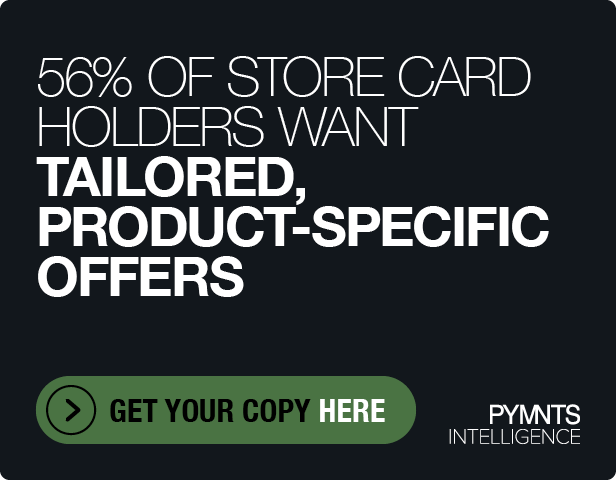Affirm Valuation, PayBright Deal Sends BNPL Into 2021

Momentum for buy now, pay later (BNPL) is sprinting into 2021. Evidence: The $264 million Affirm-PayBright deal, which means Affirm is officially open for business in Canada. More evidence: Affirm’s previously announced initial public offering (IPO) is seeking to raise up to $934.8 million, and is aiming its total valuation at over $9 billion, according to an S-1/A filing on Tuesday (Jan. 5).
Both moves come as the BNPL market has recently undergone a massive growth spurt, particularly among younger consumers. That spurt was given a bit of the boost by the pandemic and the digitization of commerce, but was far from created by it, as is confirmed by the latest edition of the PYMNTS Buy Now, Pay Later Tracker. BNPL still represents a small share of the market — according to PYMNTs data it was only used in 6.4 percent of consumer purchases overall in September. But usage is significantly higher among millennials — especially older ones — and use has grown considerably since March. This same research also shows that 11.5 percent of bridge millennials have used BNPL, close to double the share overall. This demographic also increased its usage of the financing solution most since March, with use surging from 8.9 percent to 11.5 percent, a 28 percent rise.
Moreover, BNPL consumers are increasingly showing themselves to be high-value customers in terms of how much they spend. BNPL customers, according to the data, typically made more purchases and for higher values than those who paid other ways, shopping about five times a week and spending on average $1,141 (far above the average $150 by those who did not use this payment method). The survey also found that those who made purchases using BNPL made more online purchases but spent less online than they did in-store, spending $1,090 online compared to $1,141 in-store.
And perhaps most important for companies like Affirm, and stoking the fires of expansion in the race to get to competitive scale, is the potential BNPL still evidently packs by the numbers. Consumers who have used it, like to use it, and are looking for merchants to provide it for them.
The share of those who have not used BNPL but who would be “very” or “extremely” interested in doing so is more than three times greater than the 6.4 percent of current users. But the data show BNPL still has some adapting to do to be more accessible or desirable for those same customers. The research demonstrates a quarter of consumers who have not used BNPL would be highly interested in using such solutions as part of digital wallets. Interest in this type of BNPL solution has also grown since the onset of the pandemic in March, particularly among millennials. Because among millennials especially, the pandemic has pushed the desire of BNPL access forward and fast. In March, pre-pandemic, roughly a third (32 percent) of millennials indicated they would be highly interested in using BNPL services.
By September that figure had risen to 38.1 percent, a 19 percent increase. Meanwhile the share jumped from 33.2 percent to 40 percent among bridge millennials. This, according to the survey, suggests that consumers’ appetites for novel financing options grew as more and more consumers went online to do their shopping.
Younger consumers aren’t hostile to credit products or credit cards, as reports often indicate. In fact 9 out of 10 millennial consumers already have at least one. What sets that group of up-and-coming consumers entering their prime earning years apart is the focus they put on spending and budgetary controls — and transparency into what they will pay and when. And, as Affirm CEO Max Levchin noted in an interview with payments, BNPL meets those additional requirements far more effectively than traditional revolving credit has a history of doing.
Cash is a great way to pay for things, “as long as one has enough of it,” Levchin said. “But for most consumers, credit is a way to smooth out a lot of pedestrian expenses that can spring up and create cash flow issues for them.”
